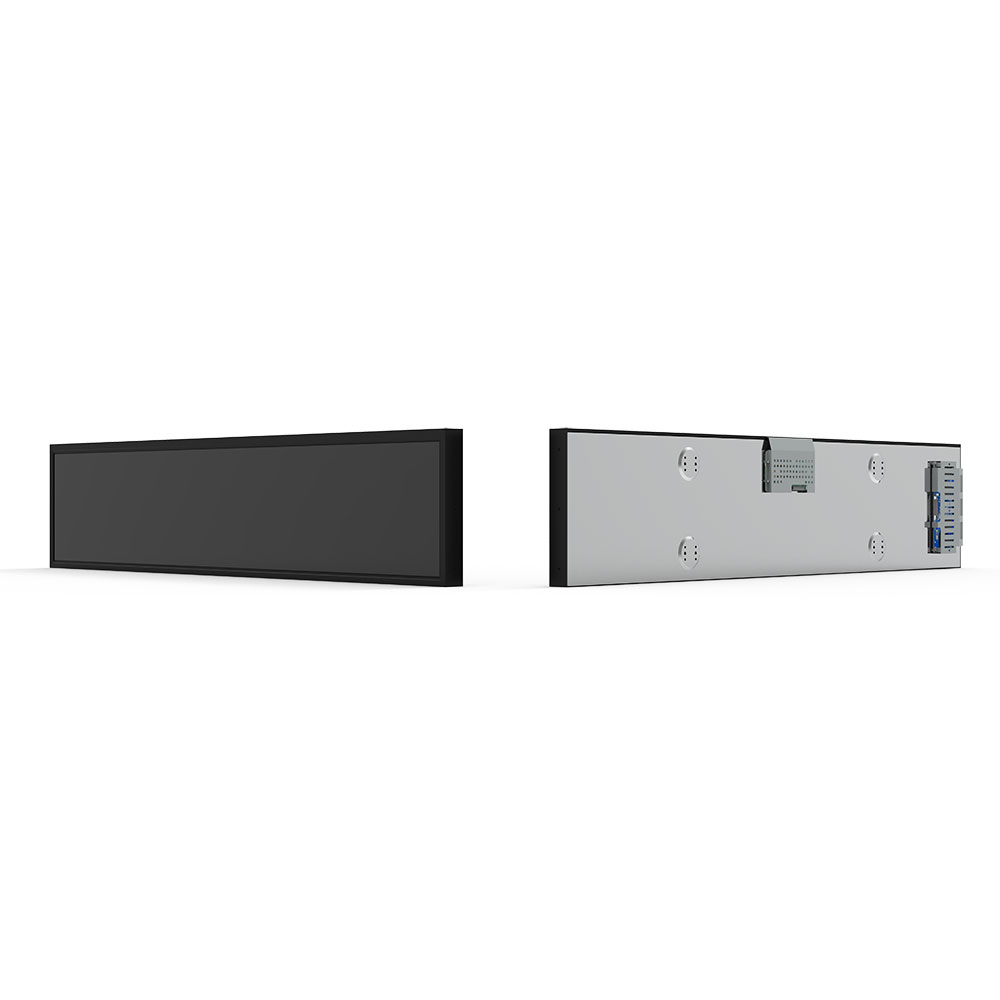- Home
- About Us
- Products
- News
- Video
- Contact
- Send Inquiry
Search
- Home
- About Us
- Products
- News
- Video
- Contact
- Send Inquiry

When deploying an outdoor LCD screen for commercial, industrial, or public use—such as digital signage in retail stores, transportation hubs, or public information displays—the selection process must prioritize brightness, environmental resilience, and long-term reliability. Industry standards like IEC 60068 (Environmental Testing) and IP65/68 ratings for dust and water resistance are essential benchmarks. For example, a typical outdoor LCD must maintain at least 5,000 nits of brightness under direct sunlight to ensure readability—a value that exceeds most indoor displays by 3–5 times.
The choice of display technology matters significantly. While LED-backlit LCDs remain cost-effective for many applications, OLEDs offer superior contrast ratios and deeper blacks but require more sophisticated thermal management in high-temperature environments. According to a 2023 study by Display Supply Chain Consultants (DSCC), 78% of outdoor installations now prefer LED-LCD hybrids due to their balance of brightness, lifespan, and power efficiency.
Additionally, thermal design is critical. High ambient temperatures can reduce screen life by up to 40%, as confirmed by testing from the Society for Information Display (SID). Proper heat dissipation via passive cooling (e.g., aluminum frames) or active fans (in extreme climates) ensures consistent performance over 5+ years. A case in point: the outdoor digital signs deployed across Tokyo’s subway system utilize dual-layer cooling systems, resulting in only a 2% failure rate over three years—an industry benchmark.
Finally, consider mounting options, viewing angles, and content refresh rates. For dynamic advertising, 60Hz refresh rates are standard; for real-time data like traffic updates, 120Hz ensures smooth motion. Always validate manufacturer claims with third-party certifications such as UL 1993 for electrical safety and CE for European compliance.

In summary, choosing the right outdoor LCD screen isn’t just about brightness—it’s about engineering for durability, validating performance through standards, and aligning with real-world usage scenarios.